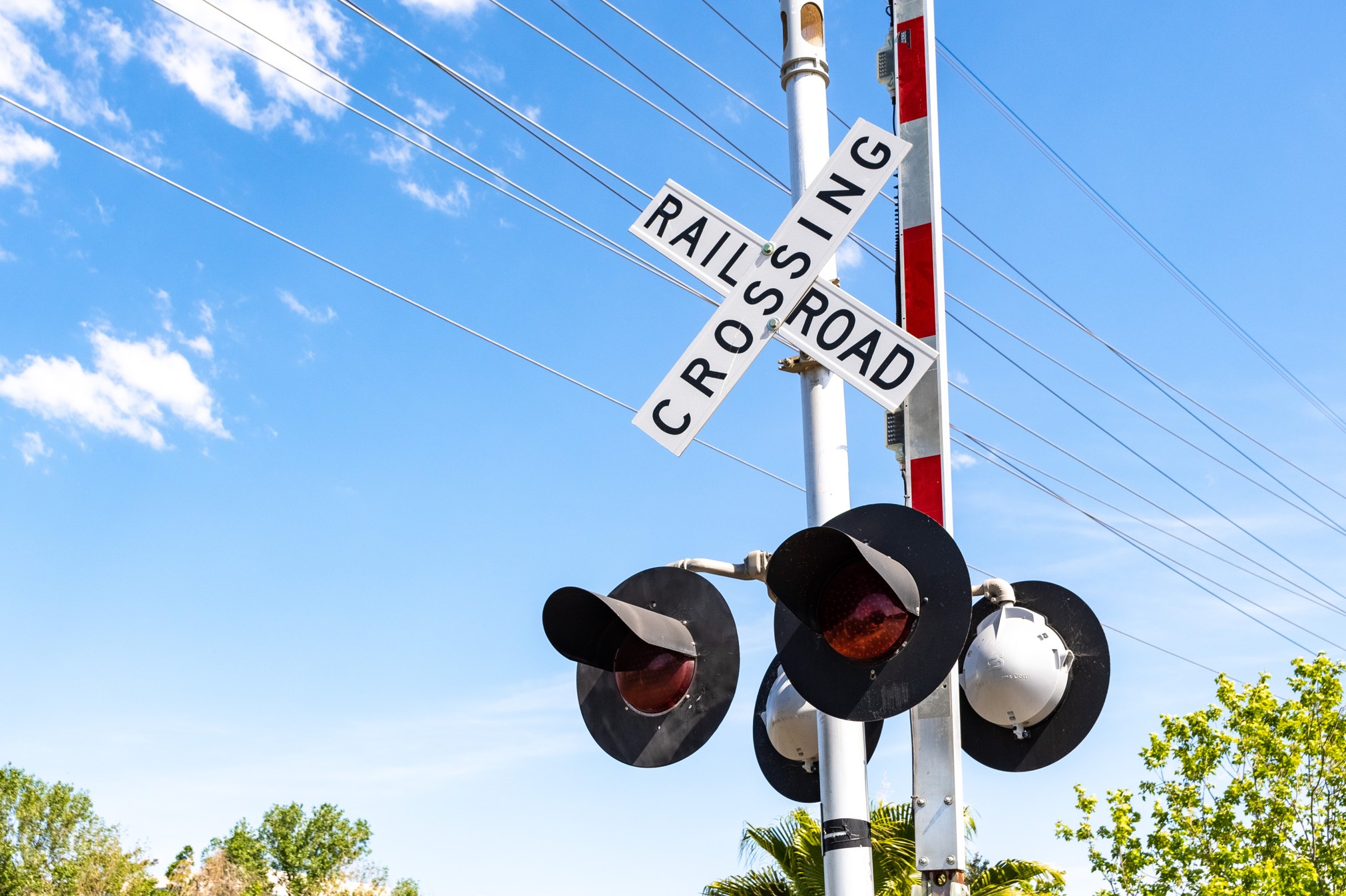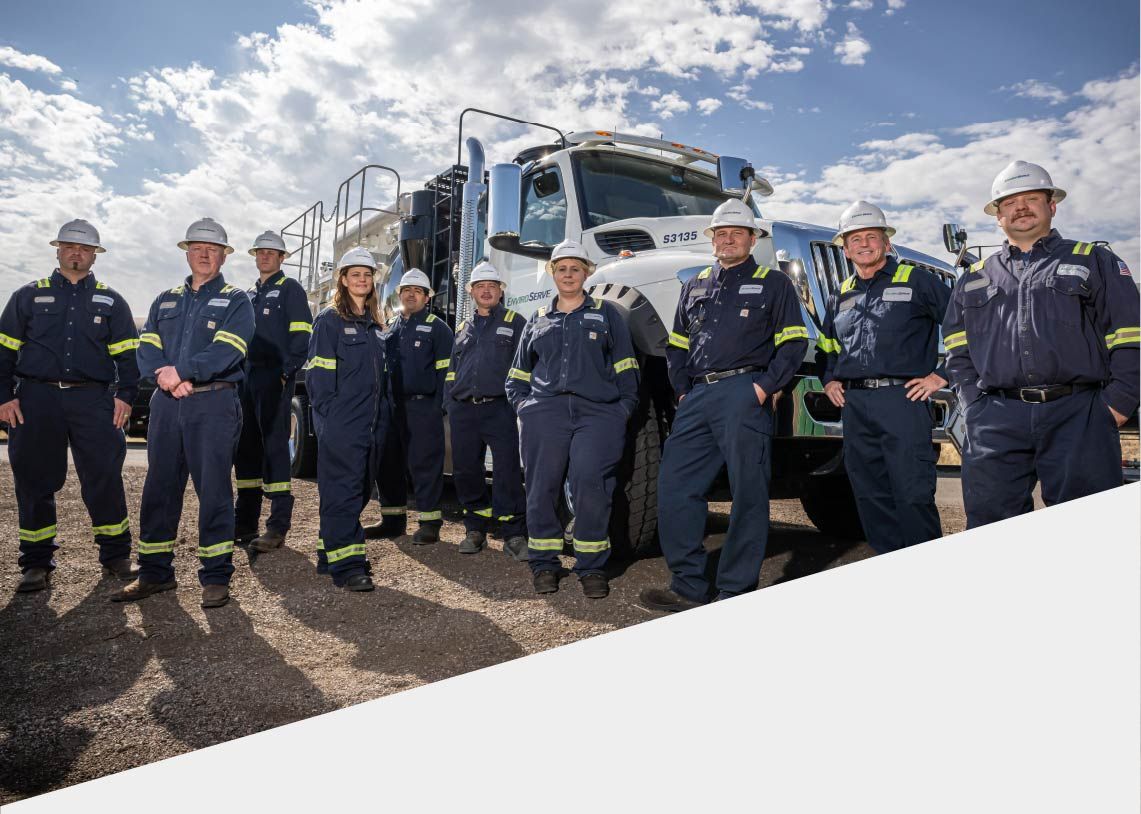Get on Board With Rail Safety
Famed children’s author Elisha Cooper once described the locomotive as “a small world moving through a larger world.” Not only does the train require a small world’s worth of personnel to bring comfort to its passengers, optimize its cargo space, and ultimately make it to its destination on time, but it makes the wider world in which we live even larger with every trip.
Like a doctor who must study and train in order to safely work as a surgeon, helping the body operate better while making sure to avoid compromising any major arteries, railroad engineers must similarly be trained in workplace safety so as not to frustrate the operation of the rail line – the arteries of the country. That type of efficiency is ancillary to the more important, overarching truth: no matter what the benefits of locomotives may be to our society and our business, they are dwarfed by the health and well-being of the people who work around them.
Lapses in Rail Safety
These days, many of our lives (and even our identities) are tied into owning and using personal vehicles. With so much of the mental load being spent thinking about raising gas prices, picking up groceries, or getting the kids to sports practice, one might be tempted to wonder how frequently people are even using trains, much less getting hurt on or around them.
The truth is, in 2021, nearly 900 people were killed from being struck by a train or other rail equipment in the United States. Compared to years previous, this marks a 20% increase from 2020, and the most rail-related fatalities since 2007.
The National Safety Council provides even more startling data as proper rail safety has steadily declined across all metrics, year-over-year. In 2021 alone:
- Over 25% of the total railroad-related deaths occurred at rail crossings
- The ratio of fatal to nonfatal incidents was 1:6
- Over 600 injuries and 149 deaths occurred when motor vehicles were struck by the train at a railroad crossing
- The number of rail passenger fatalities rose by 2 from the previous year, for a total of 6
Clearly, people are getting hurt, and the numbers keep rising. While the majority of fatalities in 2021 involved trespassers (69% to be exact), who seemingly had no professional connection to locomotives, workplace safety at the railyard suffered as well; over 3,200 railroad engineers were injured and 11 were killed while on the job.
Recommitting to Workplace Safety
What does all of this mean for the average crewperson who has spent a career around trains? Simply put, experience – no matter how extensive – is no substitute for vigilance. In fact, true experience will confirm the need to be safety minded every day, every year, of one’s entire career. And rail safety is no exception.
Once we understand that these dangers extend to even the most senior team members on the site, we can reexamine the actions that will keep us safe. While each company that utilizes trains for their operations will have safety measures in place that are tailored to their needs, there are a few evergreen rules that make up the best practices for any railyard job.
1. Respect the Red Zone
The “red zone” consists of the entire length of the parked train plus 25 feet on both ends. This is the immediate danger zone for people working on, around, or under the rail equipment. Closed-loop communication should be strictly followed here.
2. Secure All Equipment
Railcars have many controls in place to ensure that they won’t move unintentionally. Be sure to lock all hand brakes, chalk all the wheels, and secure the rail switches while work is being done.
3. Observe Track Fouling
When people or objects are within 4 feet of an active rail or track, they are considered “foul” and should either be moved or marked clearly so the conductor can see them for optimal rail safety.
4. Monitor Lead Cars Always
The leading end of every rail movement must be overseen personally by a railway engineer at all times. In this way, the train can properly react to problems that would threaten damage or derailment. If the worst does happen, it becomes even more important that
the engineers on site are certified to handle emergencies safely.
5. Restrict Movement Speed
Restricted speed refers to the allowance of all moving equipment to come to a complete stop before team members get to work.
6. Flag and Signal Protection
Good communication is essential for establishing rail safety. Using markers like blue flags or red lights around the track will keep everyone informed that there are team members at work in the red zone.
As exciting as trains can be, they present a substantial danger to anyone nearby, even under the best of circumstances. The six rules listed above represent a baseline that, if followed in conjunction with wisdom and experience, will enhance workplace safety even in a crisis.
Nothing is More Important than Safety at EnviroServe
The EnviroServe team takes rail safety and workplace safety very seriously. When you need help, our team will be where you need us, when you need us.
Contact us for more information, and please be safe.

